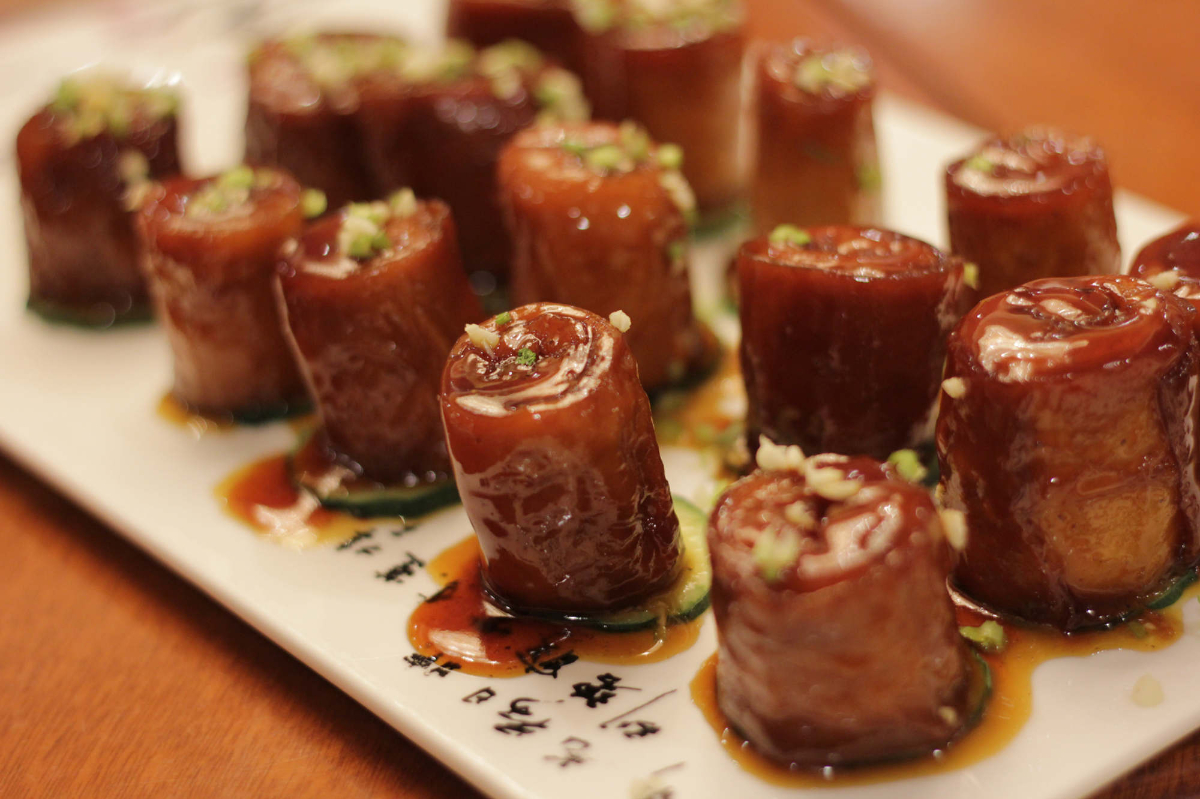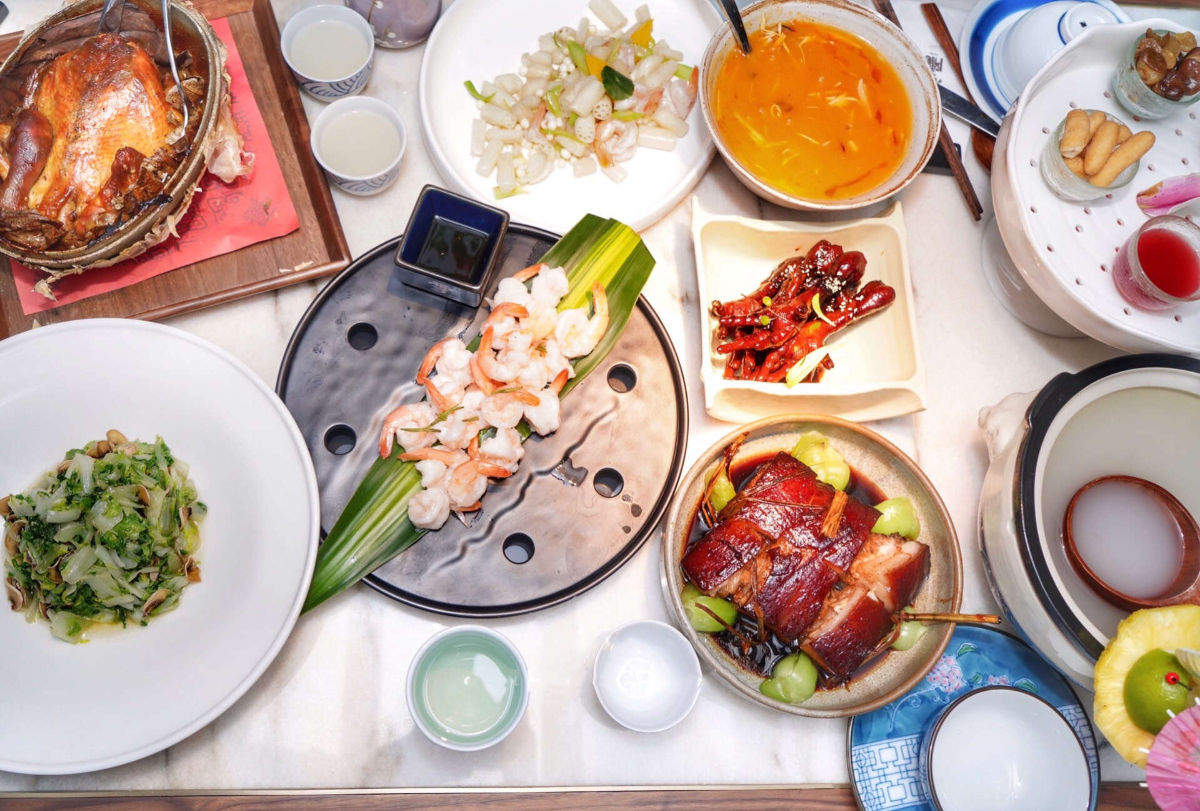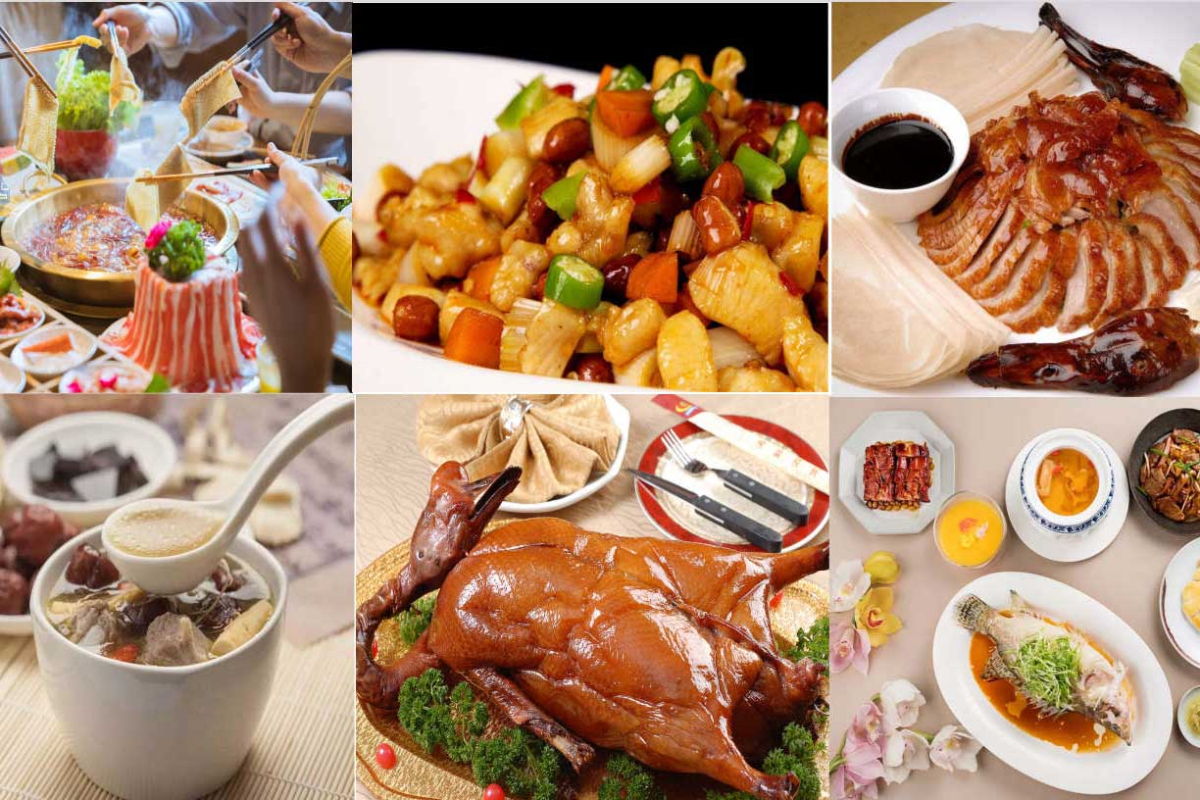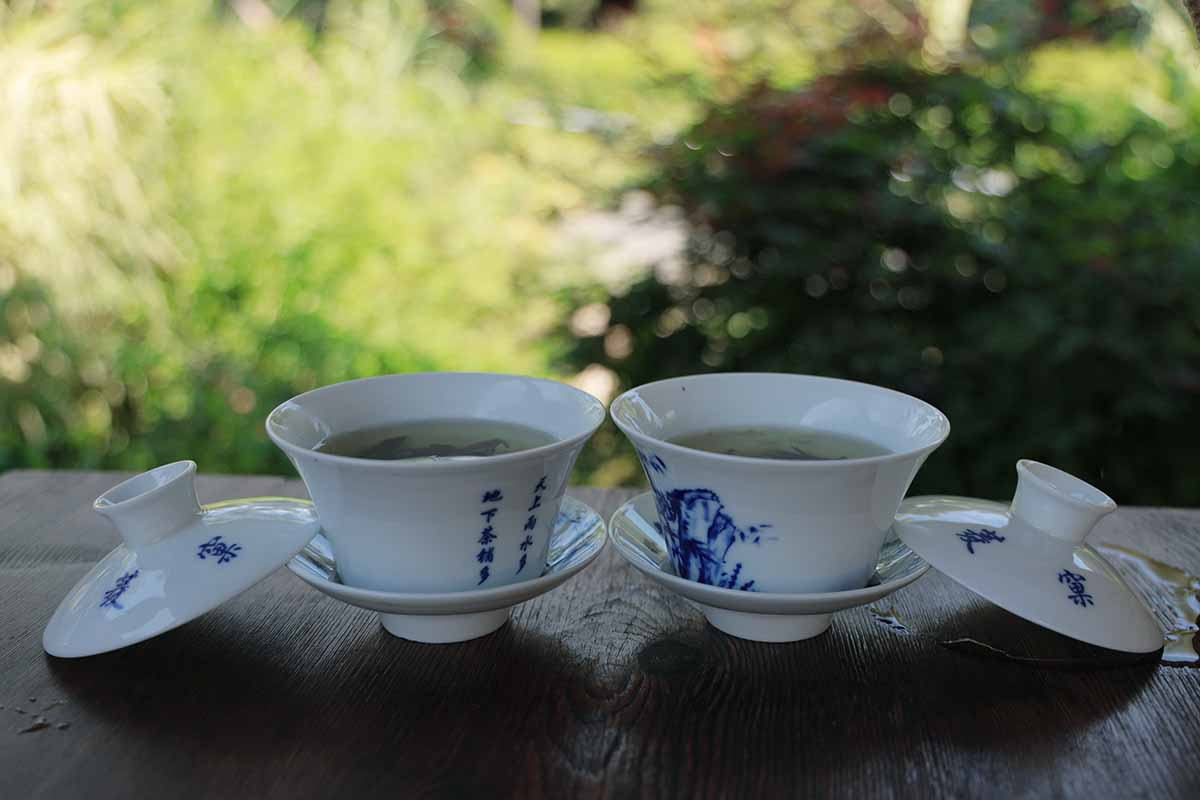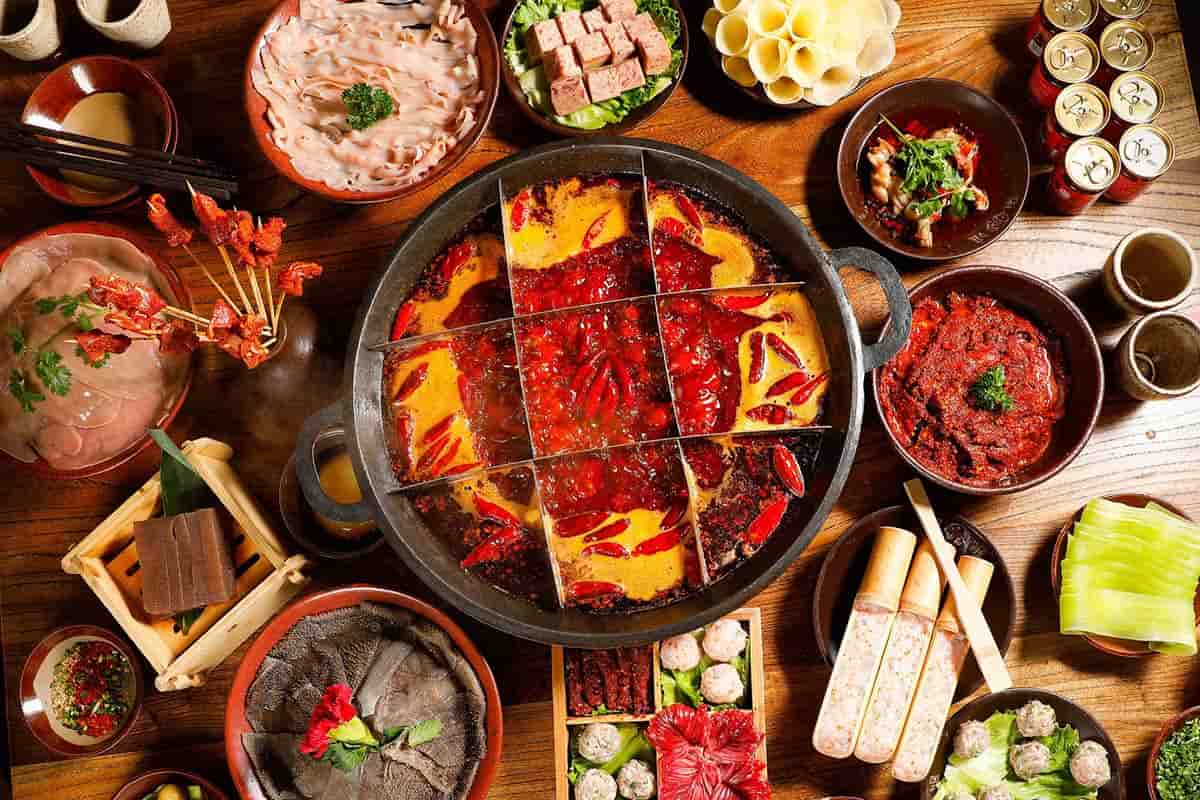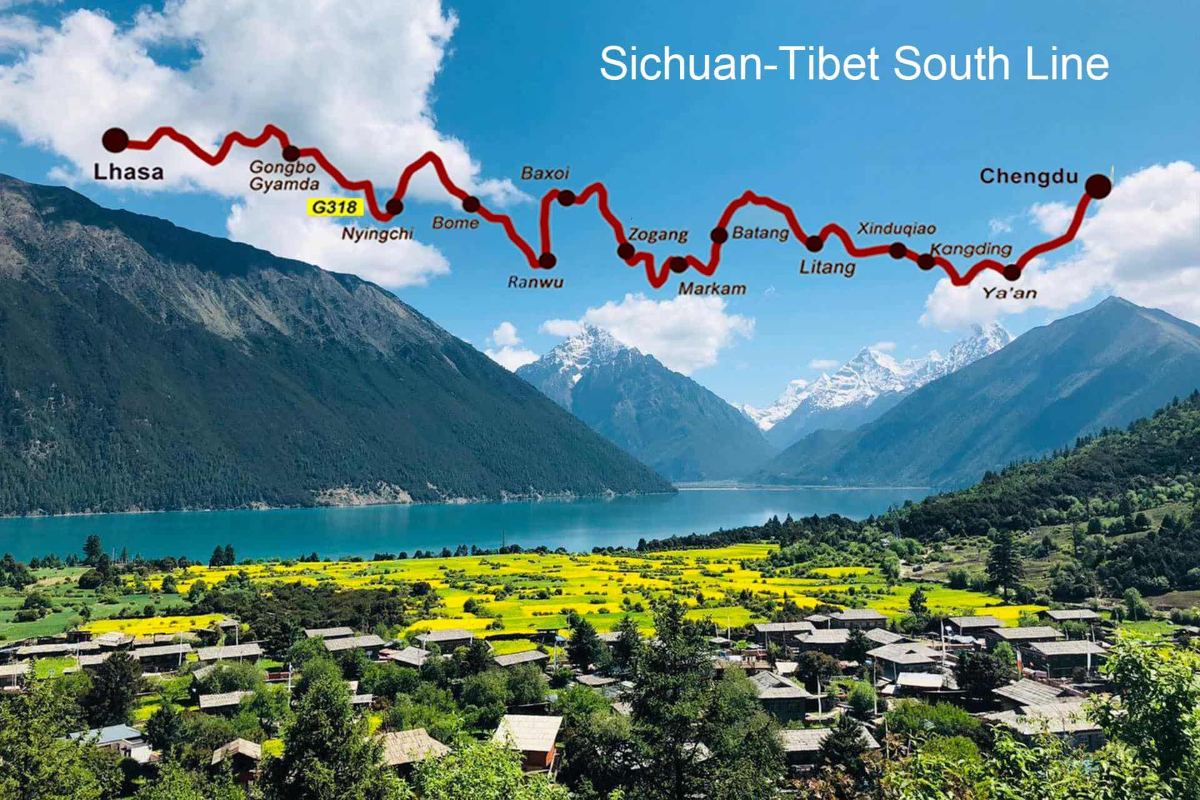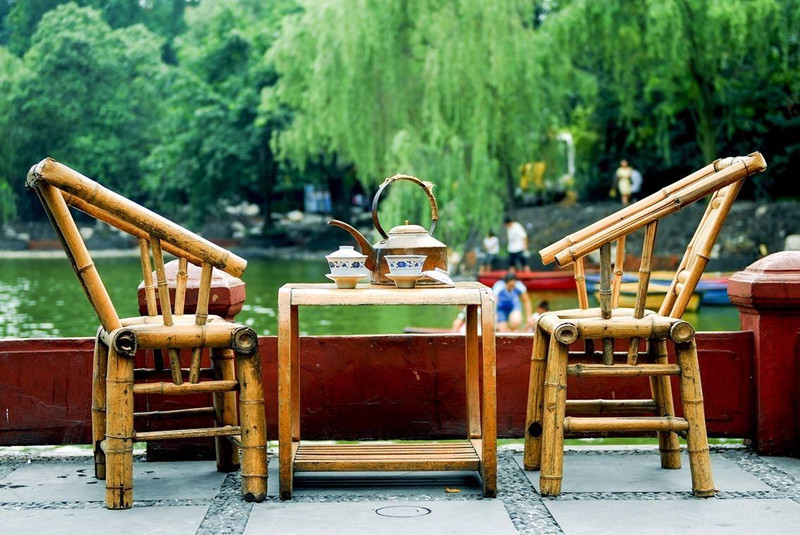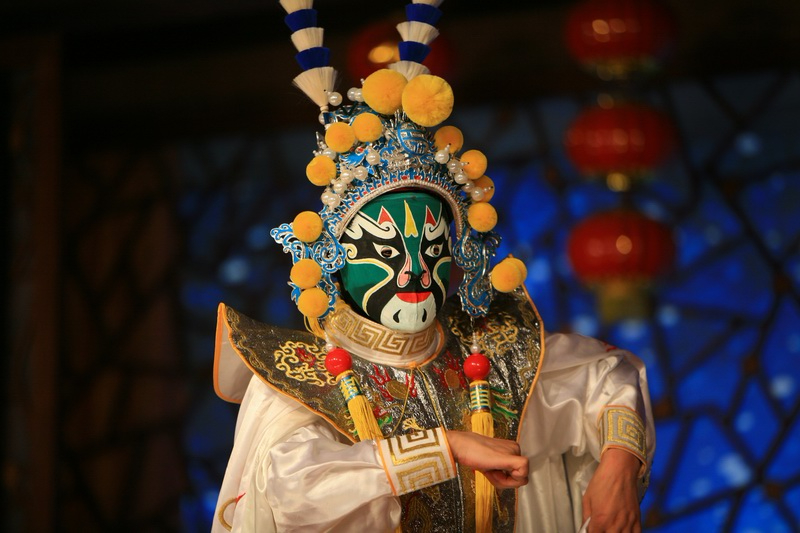Four Major Cuisines in China ~ Sichuan Cuisine
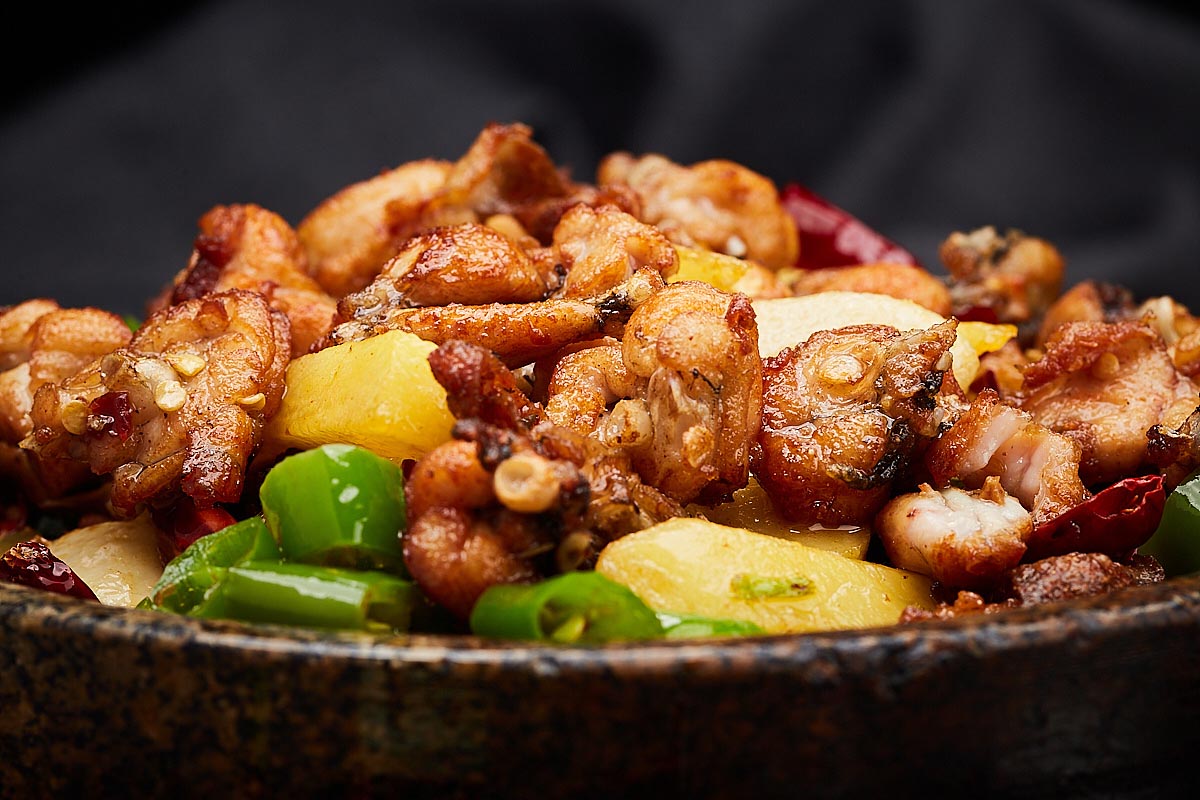
Sichuan cuisine is a style of Chinese cuisine originating from Sichuan Province. It has bold flavours, particularly the pungency and spiciness resulting from liberal use of garlic and chili peppers, as well as the unique flavour of Sichuan pepper. There are many local variations within Sichuan Province and the neighbouring Chongqing Municipality, which was part of Sichuan Province until 1997. Four sub-styles of Sichuan cuisine include Chongqing, Chengdu, Zigong and Buddhist vegetarian style.
UNESCO declared Chengdu, the capital of Sichuan Province, to be a city of gastronomy in 2011 to recognise the sophistication of its cooking.
● The history of Sichuan Cuisine
Sichuan in the Middle Ages welcomed Middle Eastern crops, such as broad beans, sesame and walnuts. Since the 16th century, the list of major crops in Sichuan has even been lengthened by New World newcomers. The characteristic chili pepper came from Mexico, but probably overland from India or by river from Macau, complementing the traditional Sichuan peppercorn (花椒). Other newcomers from the New World included maize (corn), which largely replaced millet; white potatoes introduced by Catholic missions; and sweet potatoes. The population of Sichuan was cut by perhaps three quarters in the wars from the Ming dynasty to the Qing dynasty. Settlers from the adjacent Hunan Province brought their cooking styles with them.
Back into three kingdoms, Sichuan area was the kingdom of shu (蜀国) and located in the southwest part of China. Sichuan people at that time liked to eat sweet food. Until Jin Dynasty, people add ginger, onions, chives and mustard into food and the food at that time is called pungent food. So at the very beginning, there is no hot in Chinese Sichuan cuisine. We still can find some dishes carries the traditional flavor such as boiled pork with mashed garlic(蒜泥白肉).
Around200 or 300 years ago, hot peppers were brought into China. And people in this area begin to use hot peppers in their daily cooking. It is recorded that hot peppers were popular among folk.
Along with the development of Sichuan cuisine, the unique character of spicy and numb also becomes popular in many Sichuan dishes.
The weather might be another reason of the popularity of hot peppers. In fact, hot peppers and Sichuan peppercorns (Sichuan pepper in short) are considered as the hearts of Sichuan cuisine. There are lots of mountains in Sichuan province. And the unique terrain creates high water content in air. People in this area needs to eat hot peppers and peppercorns for dehumidify. During the period when hot peppers are not introduced, ginger and other spices played the similar role.
Now, there are hundreds of flavors in Sichuan cuisine. And each dish has its own unique taste and flavor. Most of the Chinese cooking methods are used in Sichuan cuisine. And another thing that make Sichuan cuisine special is the seasoning used. From baoning vinegar, Dou-chi (fermented soy beans) to famous Pixian Doubanjiang and Chongqing chili sauce, all the different types of seasonings used in Sichuan cuisine endow the long lasting vitality of Sichuan cuisine.
● Features of Sichuan Cuisine
The complex topography of Sichuan Province, including its mountains, hills, plains, plateaus and the Sichuan Basin, has shaped its food customs with versatile and distinct ingredients.
Sichuan is colloquially known as the "heavenly country" due to its abundance of food and natural resources. One ancient Chinese account declared that the "people of Sichuan uphold good flavour, and they are fond of hot and spicy taste." Most Sichuan dishes are spicy, although a typical meal includes non-spicy dishes to cool the palate. Sichuan cuisine is composed of seven basic flavours: sour, pungent, hot, sweet, bitter, aromatic and salty. Sichuan food is divided into five different types: sumptuous banquet, ordinary banquet, popularised food, household-style food and snacks. Milder versions of Sichuan dishes remain a staple of American Chinese cuisine.
Sichuan cuisine holds a reputation for its variety of seasonings used, as each dish requires different cooking methods. As the saying goes, 'one dish with one flavor, with one hundred dishes come hundred flavors.'
Sichuan food is most well-known for its hot and spicy flavor, though it may sport sweet and sour flavors too. The most commonly used spices you can find in most households and eateries are "The Five Fragrances" which consist of fennel, pepper, aniseed, cinnamon, and clove; chili and Sichuan pepper.
● The Most Famous Sichuan Dishes
01. Kung Pao Chicken
This is the popular dish made with chicken, peanuts, and hot chiles, that is named after a generic government official or kung pao. Feel free to turn the heat up or down on this dish by adjusting the amount of chiles used. Cashews can replace the peanuts.
02. Mapo Tofu (Mapo Doufu)
Tofu and a bit of ground meat are dressed up with spicy seasonings in this popular dish. The name mapo doufu means "old pockmarked grandmother bean curd" in honor of the old woman who is reputed to have invented the dish. Feel free to substitute ground beef for the ground pork if desired.
03. Fuqi Fei Pian
Fuqi Fei Pian, the brainchild of Guo Zhaohua, is made of thinly sliced beef (or bovine lung or tongue) seasoned with chili oil.
Like the name suggests, there is a story behind this famous Sichuan dish.Zhaohua and his wife sold their vinegar-ized beef slices for a living by trundling a small cart along the streets. As their beef slices were aromatic and delicious, no one could resist visiting their stall. In honor of the couple, patrons coined the name — Husband and Wife Lung Slices.
04.Twice Cooked Pork (Hui Guo Rou)
In this Szechuan dish, pork is first simmered in a broth of water, rice wine, and ginger and then stir-fried along with vegetables like leeks and red bell pepper, chili paste, sweet bean paste, and dark soy sauce. It can be served with rice or on its own.
05. Yu xiang qie zi: Fish-fragrant eggplant
Classic "fish-fragrant" sauces are made with bright red pickled chilies, ginger, garlic and scallion, with base notes of sweet and sour -- these are the seasonings of traditional fish cookery, which is the usual explanation for the curious name.This combination of flavors can be used with meat, fish or poultry, but one of the most delicious variations is the everyday fish-fragrant eggplant.
06. Water-boiled fish
When the craze for Sichuanese food took China by storm in the late 1990s, this dish took center stage. It's a dramatic centerpiece of poached fish in a great sea of sizzling oil, thick with dried chilies and Sichuan pepper. The pieces of fish should be picked out of the fragrant oil with chopsticks: the oil itself is not meant to be eaten.It's one of a whole family of local dishes that are finished with smoking-hot oil and aromatic spices.
07. Zhong shui jiao( Zhong dumplings in a spicy sauce)
The Sichuanese capital, Chengdu, is famed for its snacks, Zhong dumplings are small pork dumplings bathed in sweetened soy sauce, mashed garlic and chili oil. Named after a local street vendor, they are one of the most popular Chengdu snacks
08. Dandan Mian (Dandan Noodles)
Dandan noodles is yet another quintessential Sichuan snack that has received international attention and hence may come in different versions. Unlike the usually watered down ones outside Sichuan, dandan noodles in Sichuan province embody a combustion of flavors — savoury, nutty, spicy, and smoky. The noodles are drenched in chili oil with vegetables, Sichuan pepper, and minced pork served on top.
09. Sichuan Hotpot
Sichuan hotpot is a whole dinner ritual: you sit around a seething cauldron of chilies and cook your own food in the broth.Sichuan hotpot, like most of the cuisine in this humid and populous province, is numbingly spicy. The broth is flavored with chili peppers and other strong-tasting herbs and spices.
The main ingredients include hot pepper, Chinese crystal sugar, and wine. Slices of kidney, chicken breast, beef tripe, goose intestines, spring onion, soy bean sprouts, mushrooms, duck, and sea cucumber are the usual meats used in the dish. Learn more about Hot Pot.
You Might Like
- HOTEST
- RECOMMEND

